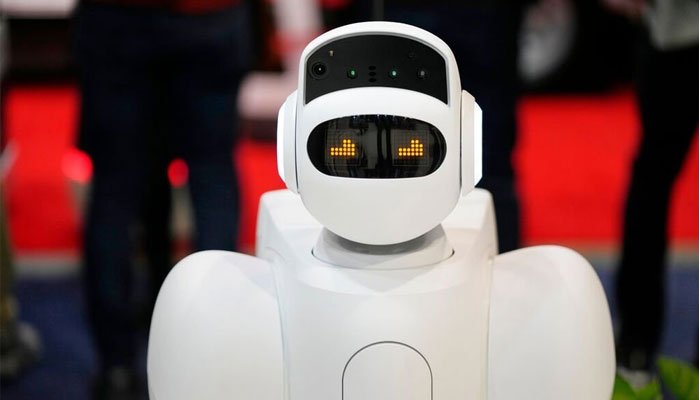A groundbreaking robot featuring a human brain robots, known as the ‘Frankenstein’ robot, has been unveiled in London. This development represents a major advance in both robotics and neuroscience.
The ‘Frankenstein’ robot combines advanced robotics with a human brain. As a result, it demonstrates behaviors and decision-making skills similar to those of a human. Visitors at the National Robotics Museum observed the robot’s capabilities firsthand.
Dr. Emily Carter, a lead researcher on the project, highlighted its significance. “This robot signifies a leap forward in artificial intelligence and cognitive science. By merging robotic physical abilities with human cognitive functions, we gain valuable insights into both fields,” she said.
A diverse team of experts from robotics, neuroscience, and bioengineering collaborated to integrate the human brain into the robotic system. They successfully tackled numerous technical and ethical challenges through rigorous testing and careful planning.
During the exhibition, attendees interacted with the robot and noted its responses. While many found its behavior fascinating, others raised concerns about the ethics of using human brains in technology. Consequently, the discussion around ethical implications intensified.
Ukraine Races to Deploy AI-Driven War DronesMore from wakopedia:
Looking ahead, the creators plan to use the ‘Frankenstein’ robot for further research into human-robot interaction and cognitive science. They aim to explore how blending biological components with technology can advance our understanding and capabilities in these areas.
The public unveiling of the ‘Frankenstein’ robot has already stirred intense interest and debate. Many attendees expressed awe at the robot’s advanced capabilities and human-like responses. Moreover, the display has sparked discussions about the ethical considerations of merging biological materials with technology. To address these concerns, the creators have highlighted their commitment to ethical standards and rigorous research. Consequently, they aim to push the boundaries of science and technology while fostering crucial conversations about the future of human-robot interactions. By responsibly integrating biological components into their innovations, the creators hope to drive progress and set new standards for technological advancements.
In summary, the public display of the ‘Frankenstein’ robot has sparked widespread debate about the future of robotics and the ethical use of human biological material in technology. As conversations continue, the robot underscores the exciting possibilities at the intersection of science and technology.




